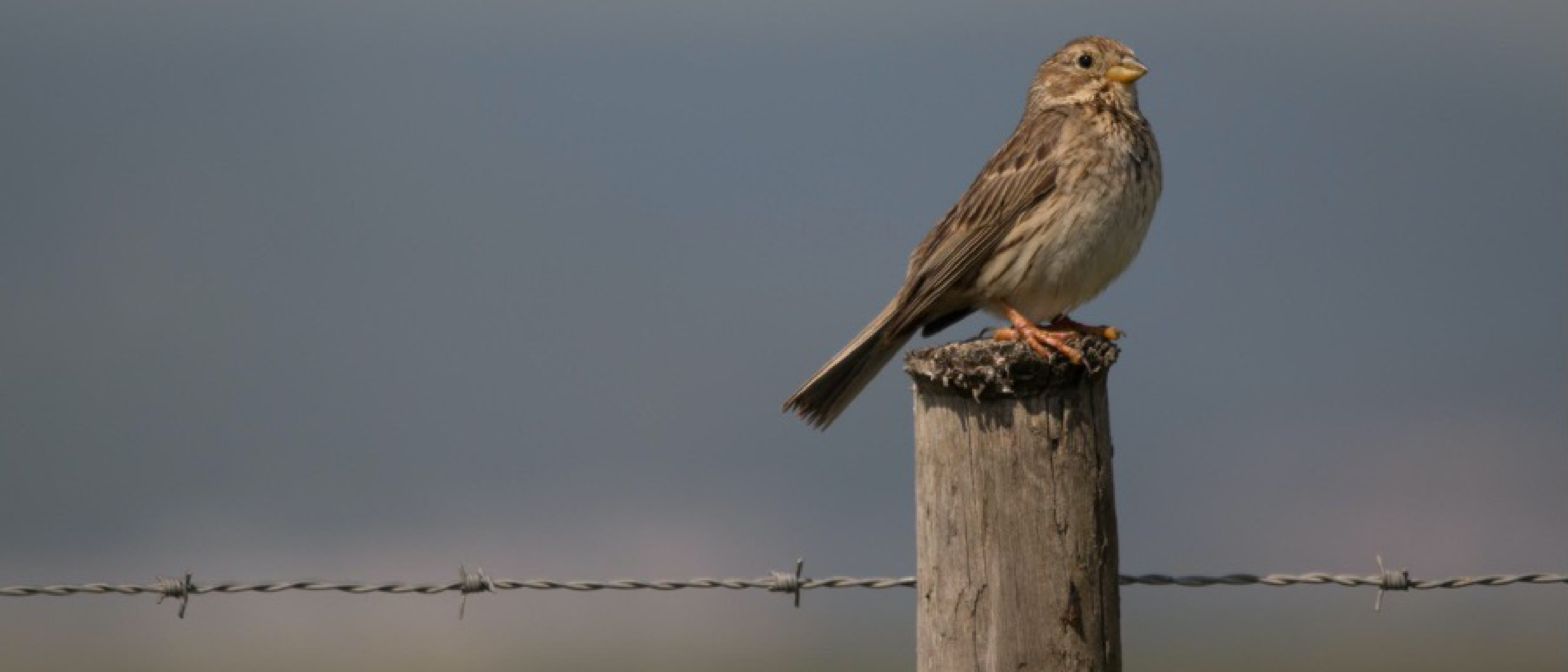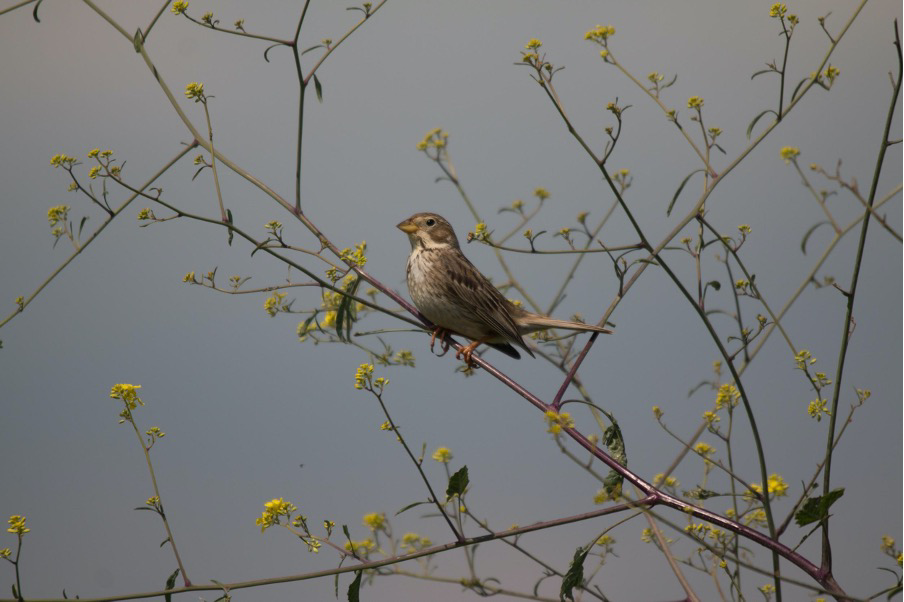News
JASMIN helps track the impact of climate change on UK birds
Posted on January 28, 2021 (Last modified on October 19, 2023) • 4 min read • 641 words
Over 600 different species of birds have been recorded in the UK to date[1] . For many of them formal monitoring is limited or absent. British Trust for Ornithology (BTO) ask for volunteers from the public to report nature observations from around the UK on mobile apps or online data entries such as BirdTrack. This is important because estimating bird distributions and population trends increases our knowledge about bird species or their habitats. Over 60,000 volunteers are involved recording bird species, resulting in a massive amount of data collected - in 2020 alone over 7.5 million records have been submitted to BirdTrack. Researchers at BTO have been using JASMIN to carry out statistical analysis on these data in order to better understand the reliability of Citizen Science data and the changes in UK bird populations that can be inferred from it.
Dr Philipp Boersch-Supan, the main researcher on this project, used the shared group workspaces on JASMIN to model the large complex bird population datasets from BirdTrack - with the particular aim of developing our understanding for less common British bird species, such as corn buntings or pied flycatchers. The project used LOTUS – JASMIN’s batch computing cluster - which splits the analyses into chunks so they can be run in parallel, thus speeding up the process. Using LOTUS means that the bird population models could be run for many different species in only a few hours, rather than weeks on a regular desktop computer.

Image - Corn Bunting (credit: Philipp Boersch-Supan / BTO)
JASMIN enabled the project to process BirdTrack data by developing, testing and implementing statistical models for studying bird population trends. Dr Boersch-Supan explains “This research heavily relied on the computing and storage capabilities of JASMIN - which enabled us to do new types of analyses that had previously been impossible to conduct on our in-house hardware. We also relied on the ability to easily access climate data from the CEDA Archive to feed into our analyses”. The climate data included variables such as precipitation and temperature from the Met Office’s HadUK collection of gridded climate observations. JASMIN opens up the possibility of new types of analyses, resulting in a greater understanding of the UK’s bird populations with respect to environmental drivers such as climate.
This research combined the use of JASMIN, bird populations (from BirdTrack) and climate data for the first time, resulting in a greater understanding of UK bird species population changes. Studying these trends can help us to gain a better understanding of how and why bird populations change by considering human and environmental drivers. These population trends are used in the annual UK Biodiversity Indicators report, compiled by the Department for Environment, Food & Rural Affairs, which then feeds into the UK governments decision-making for environmental issues. This research aims to expand the number of rare bird species reported to the Biodiversity Indicators report, and therefore help inform conservation efforts for these rare species. Without JASMIN, this research would not have been possible.
Contact:
For more information about using JASMIN, please contact our helpdesk: support@ceda.ac.uk
To participate in BirdTrack and log your own observations visit www.birdtrack.net. Initial results from the project have been published in the journal Biological Conservation. To find out more about the research project, please contact Dr Philipp Boersch-Supan: philipp.boerschsupan@bto.org
Footnotes:
JASMIN is managed jointly by STFC’s Scientific Computing Department and CEDA (Centre for Environmental Data Analysis), part of RAL Space. It is funded by the Natural Environment Research Council (NERC).
Philipp Boersch-Supan has been working with BirdTrack since summer 2018 in his role as the BTO’s Ecological Statistician. The current research project is funded by a combination of sources: Donations from BTO supporters, research funding from BirdTrack scheme partners, and a research contract with the Joint Nature Conservation Committee (JNCC).
[1] https://www.bto.org/understanding-birds/birdfacts/british-list